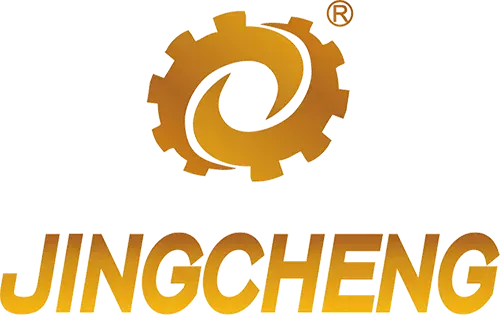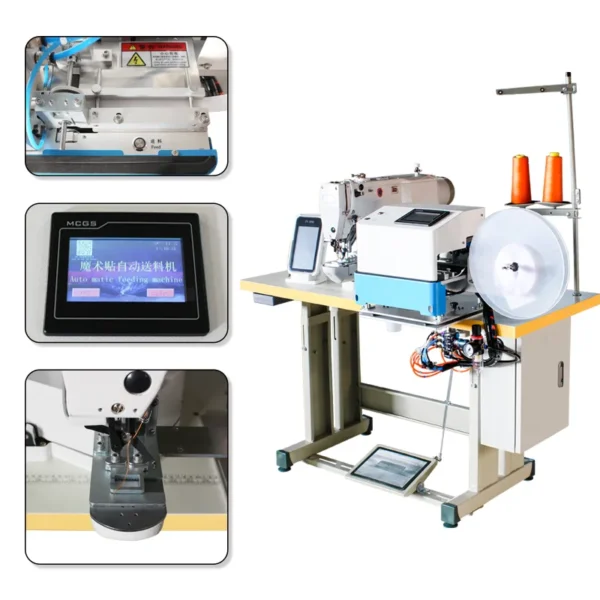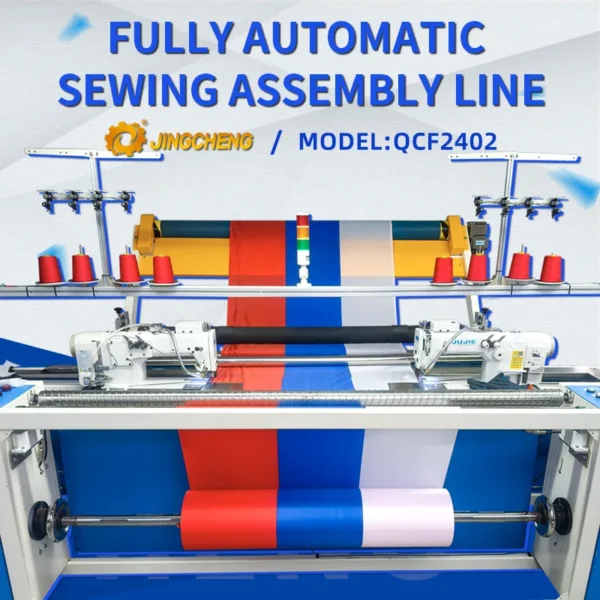Velcro is a very common connection tool that can replace snaps and zippers. What is Velcro? Let’s learn about it today.
Velcro is a fastener made of two fabric strips, one with tiny hooks and the other with loops. When pressed together, the hooks latch onto the loops, creating a secure bond. It’s easy to use, durable, and versatile, widely used in clothing, shoes, bags, and many industries like aerospace and automotive. Velcro offers a quick, adjustable, and reusable alternative to traditional fasteners like buttons and zippers.
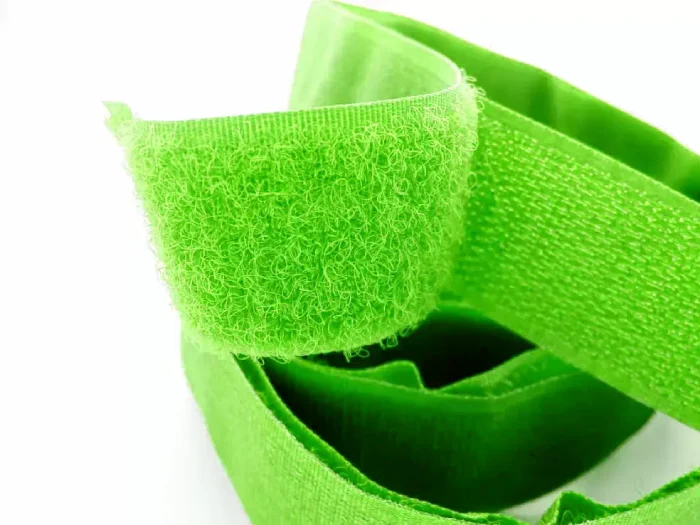
What Makes Velcro Work?
The Hook and Loop Mechanism
The fundamental principle behind Velcro is its hook-and-loop design. On one side, small hooks latch onto loops on the opposite side, creating a strong bond. The hook side is typically made of stiff, coarse material, while the loop side consists of softer, fuzzier material. When pressed together, the hooks catch the loops, forming a secure attachment.
Materials Used in Velcro
Velcro is typically made from nylon or polyester, materials chosen for their durability, resistance to wear, and flexibility. The hooks are usually made from nylon, while the loops are often crafted from a softer fabric like polyester or cotton.
Velcro Applications
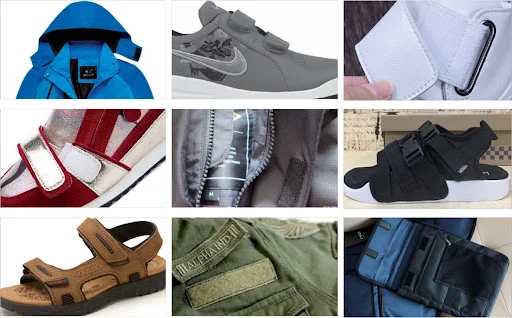
Fashion and Clothing
One of the most popular uses of Velcro is in fashion. It is commonly used in shoes, jackets, hats, and other accessories. Velcro allows for quick and easy adjustments, making it an ideal choice for children’s clothing, activewear, and even high-performance athletic shoes.
Household Uses
Beyond fashion, Velcro is also widely used around the house. It’s perfect for organizing cables, hanging pictures, securing curtains, and even as a fastening system for cushions and pillow covers. Its versatility makes it an essential tool for many household tasks.
Automotive and Military Applications
Velcro has proven valuable in industries that require secure but quick fastening systems, such as the automotive and military sectors. In cars, Velcro can be used for securing carpets, seat covers, and headliners. In the military, it is used on uniforms, equipment, and gear for quick adjustments in the field.
Types of Velcro
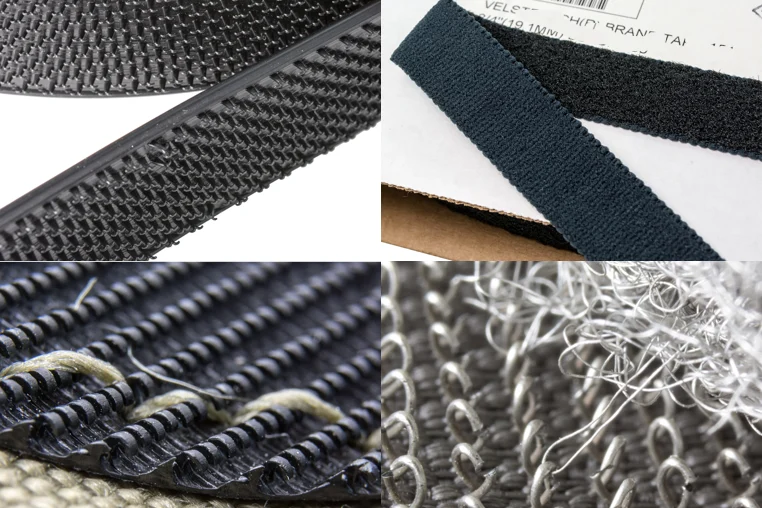
Heavy-Duty Velcro
For industrial or heavy-duty applications, heavy-duty Velcro is available. This variation is designed to withstand more significant stress and strain, such as in luggage, tents, and medical equipment. It provides a stronger, more secure attachment, ensuring it stays in place under demanding conditions.
Miniature Velcro
On the other end of the spectrum, miniature Velcro is used for delicate tasks. This smaller version of the traditional hook-and-loop design is often employed in areas where space is limited or where a subtler fastening solution is required, such as in electronics, eyeglass straps, and small-scale crafts.
Advantages of Using Velcro
Durability and Strength
Velcro is designed for long-lasting durability. Its hook-and-loop mechanism can endure countless openings and closings, making it ideal for products that require repeated use, such as clothing, equipment, and medical devices. Velcro is also resistant to wear and tear, providing a reliable fastening solution for years.
Ease of Use
One of the standout advantages of Velcro is how easy it is to use. Unlike traditional buttons or zippers, Velcro fastens with a simple press and separates with a gentle pull, making it user-friendly for all ages. Whether it’s used by a child learning to dress themselves or an elderly person with limited hand strength, Velcro provides a simple solution.
Disadvantages of Velcro
Wear and Tear
Despite its many benefits, Velcro does have some limitations. Over time, the hooks can become bent or worn down, which reduces their ability to grip effectively. Additionally, excessive dirt or lint can accumulate on the loop side, making it harder for the hooks to attach.
Environmental Impact
Although Velcro is a highly functional material, it’s made from synthetic fibers that may contribute to environmental concerns. Some modern versions are made from biodegradable materials, but traditional Velcro can take years to break down, adding to plastic waste.
How to Sew Velcro
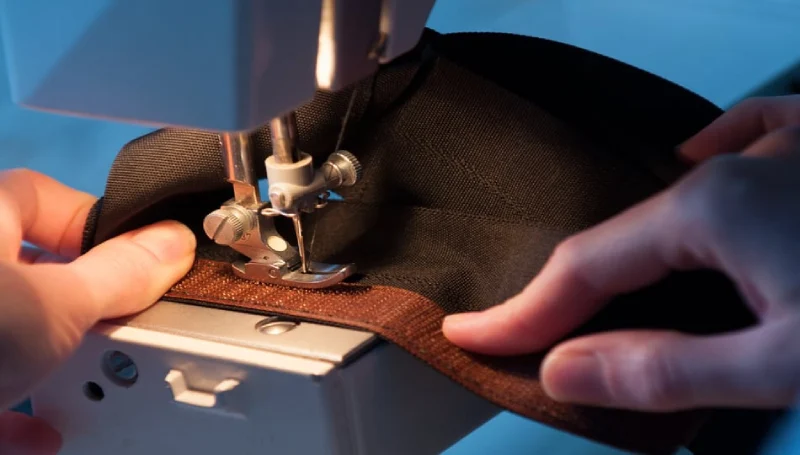
Sewing Velcro onto fabric is an easy and efficient way to add a secure fastening solution to your projects. Here’s a simple guide to help you sew Velcro properly:
Materials Needed:
- Velcro strips (hook and loop sides)
- Fabric (the material you’re attaching the Velcro to)
- Scissors
- Sewing machine or hand sewing needle and thread
- Pins or fabric adhesive (optional)
Step 1: Prepare the Fabric
Start by cutting your fabric to the desired size. Make sure the edges are neat to prevent fraying. If the fabric is particularly thick, consider trimming the Velcro strips to match its width.
Step 2: Cut the Velcro Strips
Cut the Velcro strips into the required lengths—usually one side will be longer than the other, depending on the size of the fastening area. You’ll need two pieces: one with the hook side (rough) and one with the loop side (soft).
Step 3: Position the Velcro
Place the hook side and loop side where you want to attach them on your fabric. Use pins or fabric adhesive to hold the Velcro in place temporarily. Ensure the hook and loop sides don’t touch each other yet, as they will stick together.
Step 4: Sew the Velcro
Using your sewing machine or a hand sewing needle, carefully sew around the edges of the Velcro strips. For machine sewing, use a straight stitch or zigzag stitch for extra security. Make sure to sew slowly and backstitch at both ends for reinforcement.
- For a sewing machine, set the stitch length to medium (2-3mm), and sew all around the Velcro.
- If hand-sewing, use a strong thread and small stitches for durability.
Step 5: Check the Fit
After sewing, check that the Velcro strips align correctly. The hook side should face the loop side when pressed together for a secure fastening.
Step 6: Trim and Finish
Trim any excess thread and ensure the Velcro is securely attached to the fabric. If necessary, you can use an iron on low heat to press the fabric around the Velcro for a clean finish.
How to Care for Velcro
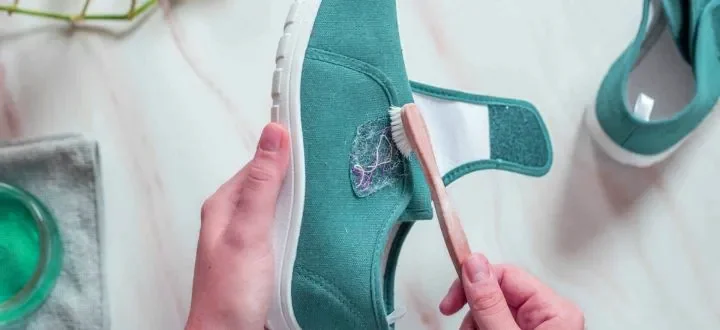
Cleaning Velcro
Velcro requires special care to maintain its effectiveness. Cleaning Velcro is simple: use a soft brush or a vacuum cleaner with a small nozzle to remove dirt and debris from the hooks and loops. For tougher dirt, you can wash Velcro fasteners with mild soap and water, but ensure they are thoroughly dry before reattaching them.
Avoiding Damage
To prevent damage, avoid exposing Velcro to harsh environments or excessive stress. If your Velcro starts to lose its grip, it’s often due to wear from repeated use or from friction with other surfaces, so regular cleaning and care can help prolong its life.
Future of Velcro
Eco-Friendly Alternatives
As sustainability becomes a more prominent concern, the future of Velcro is looking greener. Manufacturers are working on creating biodegradable Velcro alternatives, using eco-friendly materials that will break down more quickly and cause less environmental impact.
Velcro’s Role in Tech and Fashion
Velcro is also making strides in the tech and fashion industries, with designers and engineers incorporating it into high-tech applications, including robotics and medical wearables. As the need for easy-to-use fastening systems grows, Velcro is expected to continue playing a significant role in innovative designs.
FAQ
What is Velcro Made Of?
Velcro is made of nylon or polyester. The hook side is typically made from stiff, durable nylon, while the loop side is made from a softer, fuzzier material, often polyester.
How Strong is Velcro?
Velcro’s strength varies depending on its design. Heavy-duty Velcro can hold a large amount of weight, while standard Velcro is sufficient for most everyday applications, such as shoes or clothing.
Can Velcro Lose Its Stickiness?
Yes, over time, Velcro can lose its effectiveness due to wear or accumulation of dirt. Regular cleaning can help maintain its stickiness, and replacing worn Velcro may be necessary after prolonged use.
Is Velcro Reusable?
Yes, Velcro is reusable. The hook-and-loop mechanism can be opened and closed many times without losing its effectiveness, making it ideal for items like shoes, clothing, and equipment.
Conclusion
Velcro has revolutionized the way we fasten things, providing a simple yet highly effective solution for a wide range of applications. From its fascinating origins to its current uses in technology, fashion, and industry, Velcro continues to offer unparalleled convenience and durability.
As it evolves, we can expect even more innovations and eco-friendly alternatives to emerge, ensuring that this remarkable invention remains a staple in our everyday lives.
